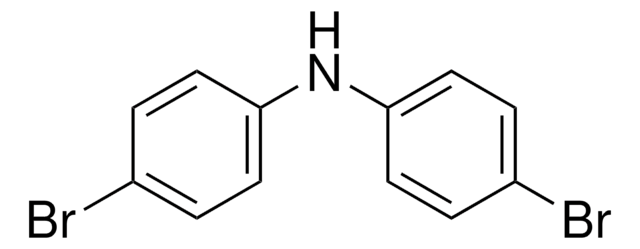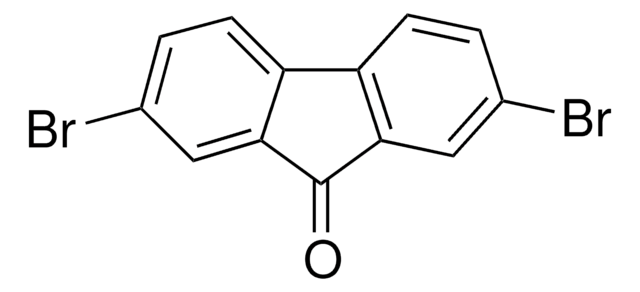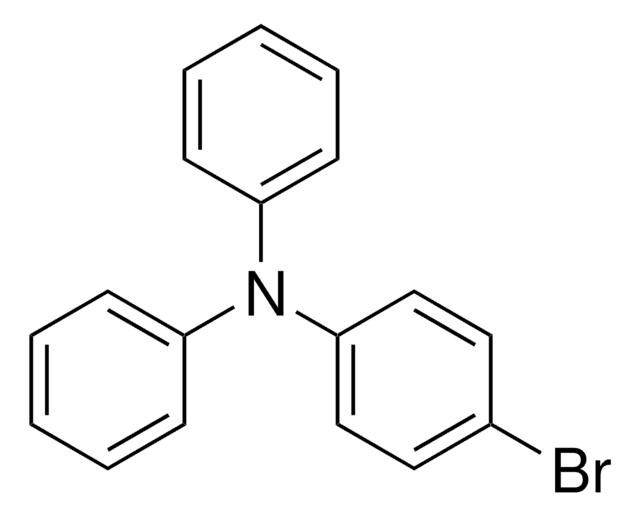763888
2,2′,7,7′-Tetrabromo-9,9′-spirobifluorene
95% (HPLC)
Synonym(s):
2,2′,7,7′-Tetrabromo-9,9′-spirobi[9H-fluorene]
About This Item
Recommended Products
Assay
95% (HPLC)
form
solid
mp
395-400 °C
SMILES string
Brc1ccc2-c3ccc(Br)cc3C4(c2c1)c5cc(Br)ccc5-c6ccc(Br)cc46
InChI
1S/C25H12Br4/c26-13-1-5-17-18-6-2-14(27)10-22(18)25(21(17)9-13)23-11-15(28)3-7-19(23)20-8-4-16(29)12-24(20)25/h1-12H
InChI key
MASXXNUEJVMYML-UHFFFAOYSA-N
General description
Application
Features and Benefits
Signal Word
Warning
Hazard Statements
Precautionary Statements
Hazard Classifications
Acute Tox. 4 Oral - Eye Irrit. 2
Storage Class Code
11 - Combustible Solids
WGK
WGK 3
Flash Point(F)
Not applicable
Flash Point(C)
Not applicable
Certificates of Analysis (COA)
Search for Certificates of Analysis (COA) by entering the products Lot/Batch Number. Lot and Batch Numbers can be found on a product’s label following the words ‘Lot’ or ‘Batch’.
Already Own This Product?
Find documentation for the products that you have recently purchased in the Document Library.
Articles
Self-healing soft electronic materials offer potential cost savings and reduced electronic waste.
Self-healing soft electronic materials offer potential cost savings and reduced electronic waste.
Self-healing soft electronic materials offer potential cost savings and reduced electronic waste.
Self-healing soft electronic materials offer potential cost savings and reduced electronic waste.
Our team of scientists has experience in all areas of research including Life Science, Material Science, Chemical Synthesis, Chromatography, Analytical and many others.
Contact Technical Service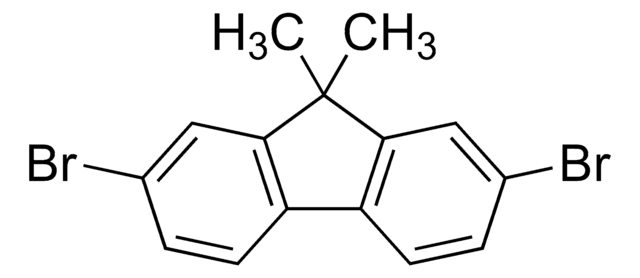
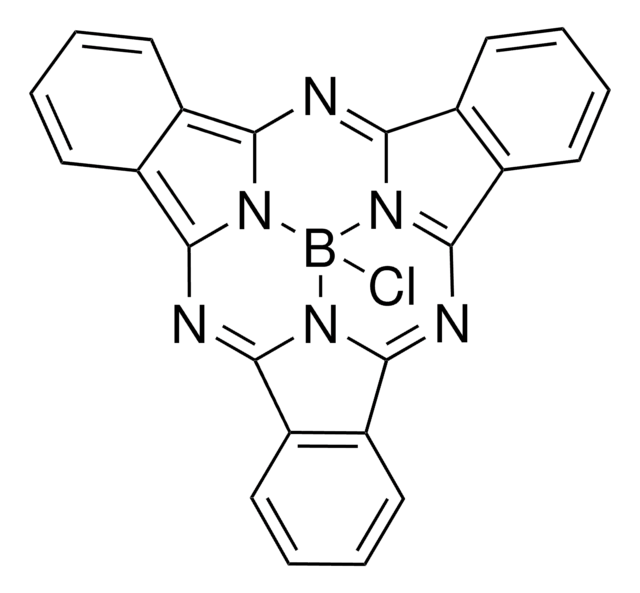
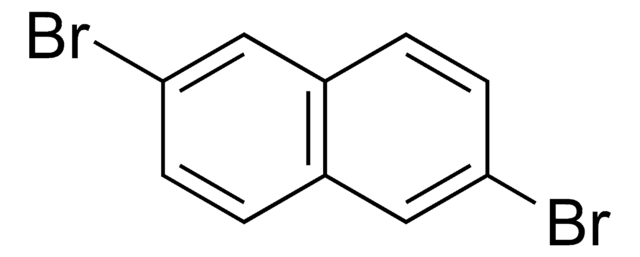



![Dinaphtho[2,3-b:2′,3′-f]thieno[3,2-b]thiophene sublimed grade, 99%](/deepweb/assets/sigmaaldrich/product/structures/196/451/8a650b8e-abbb-4ef1-9be4-73f223165062/640/8a650b8e-abbb-4ef1-9be4-73f223165062.png)
